America’s Birds Are Flying Into a Climate Danger Zone
A wide-ranging survey shows that many of North America’s bird species could be left with nowhere to go as climate change drastically affects their habitats.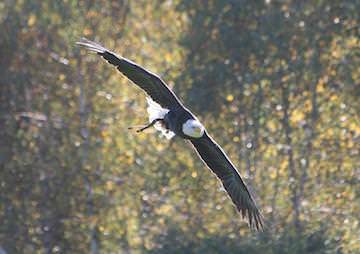
By Tim Radford, Climate News Network
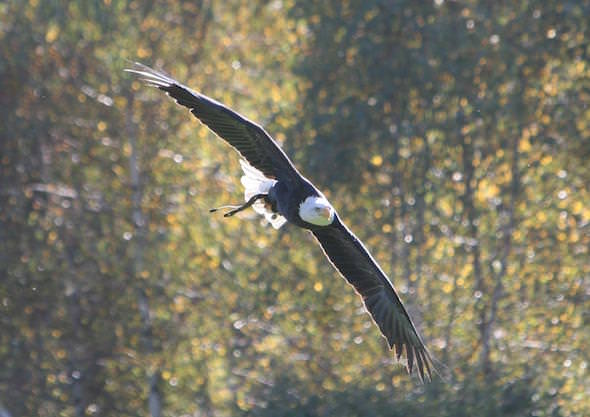
The bald eagle, the national bird the United States, is among the North American species threatened by climate change. (Softeis via Wikimedia Commons)
This Creative Commons-licensed piece first appeared at Climate News Network.
LONDON — Some of North America’s birds may no longer be at home on the range. More than half of 588 studied species could lose over 50% of their flying, breeding and feeding space before the end of the century — because of climate change.
The researchers who discovered the precarious future facing so many species say they were shocked to find that rising temperatures could have such widespread effects on the continent’s birds.
The finding comes from one of the world’s most distinguished ornithological bodies, the US National Audubon Society.
Gary Langham, Audubon’s chief scientist, and colleagues report in the Public Library of Science journal PLOS One that they used mathematical models and results from two long-established annual surveys in the breeding season and in winter to estimate future geographic range shifts.
Systematic study
The research was based on huge amounts of data. The society’s Christmas Bird Count has been continuous since 1900, and provides a good estimate of numbers in those species that overwinter.
And the North American Breeding Bird Survey, a systematic study conducted between mid-May and July in the US and Canada, involves tens of thousands of three-minute counts of every bird seen or heard at 50 stops along a 39-kilometre route.
The scientists also used three different climate change scenarios – as carbon dioxide levels rise in the atmosphere because of fossil fuel combustion, so the planet’s average temperature rises and climate changes — to explore the possible futures for bird species in a vast landscape that is home to everything from eagles to hummingbirds.
They found that 314 species would lose half or more of their traditional range.
“Knowing which species are most vulnerable allows us to monitor them carefully,
ask new questions, and take action.”
Of this total, around 180 species would find that although they would lose the range they had, they would probably be able to acquire new feeding or breeding habitat, as conditions changed. But for 120, the habitat would shrink altogether — that is, there would be nowhere else for them to go.
The world’s birds are in trouble — and not just on land or on one continent.
Conservation measures
One in eight species is threatened with extinction, although in the better-developed nations, there have been systematic attempts to establish conservation measures.
The Audubon study, however, found that the strategies devised and supported now to extend conservation might not be of much use in a world in which climates changed and habitat that had endured for 10,000 years was destroyed, degraded or exploited.
“We were shocked to find that half of the bird species in North America are threatened with climate disruption,” Dr Langham says.
“Knowing which species are most vulnerable allows us to monitor them carefully, ask new questions, and take action to help avert the worst impacts for birds and people.”
Your support matters…Independent journalism is under threat and overshadowed by heavily funded mainstream media.
You can help level the playing field. Become a member.
Your tax-deductible contribution keeps us digging beneath the headlines to give you thought-provoking, investigative reporting and analysis that unearths what's really happening- without compromise.
Give today to support our courageous, independent journalists.



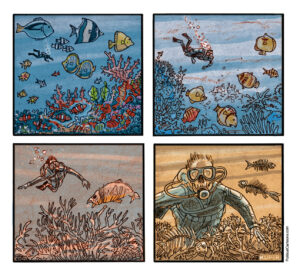
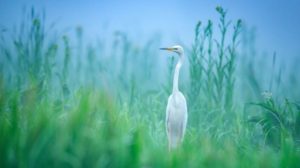
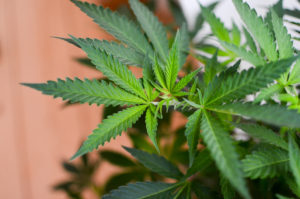
You need to be a supporter to comment.
There are currently no responses to this article.
Be the first to respond.